Your Cart is Empty
SHOP KNIVES

Kitchen Care Hacks - How to Get Rust Off Kitchen Knives Safely and Effectively
March 22, 2024 5 min read
Welcome to our blog, where today we're discussing a common kitchen dilemma: how to remove rust from kitchen knives. Rust can turn even the finest blade dull and unsightly, affecting its performance and longevity. Whether you're a culinary expert or a home cooking enthusiast, maintaining your knives in pristine condition is essential.
In this guide, we'll explore the causes of rust, preventive measures, and safe, effective methods for rust removal. Say goodbye to rust and hello to gleaming, efficient kitchen knives ready to tackle any recipe you have in mind. Let's get started!
What Causes Rust on Kitchen Knives?
Rust on kitchen knives occurs when the iron in the steel reacts with oxygen and moisture in the air, a process known as oxidation. Factors like leaving knives wet, using them on acidic foods without immediate washing, and improper storage can accelerate rusting. Frequent exposure to water and not drying knives after washing are common culprits behind this unwanted reaction.
Are All Kitchen Knives Prone to Rusting?
Not all kitchen knives are equally prone to rusting. Knives of stainless steel resist rust better due to their chromium content, while carbon steel knives, known for their sharpness, are more susceptible. However, with proper care, even high-carbon knives can resist rust, ensuring longevity and performance.
Can You Remove Rust From Kitchen Knives?
Yes, you can remove rust from kitchen knives using natural and chemical methods. Household items like baking soda, white vinegar, and lemon juice are effective natural remedies for tackling rust. These substances break down rust without damaging the knife's metal.
Commercial rust removers are designed for kitchenware that can quickly dissolve rust. Regardless of the chosen method, it's crucial to properly clean, dry, and oil the knife to prevent future rust and maintain its condition.
How To Get Rust Off Kitchen Knives?
Removing rust from kitchen knives safely involves using non-toxic, gentle methods that preserve the blade's integrity. Here are some of the safest ways:
Baking Soda Paste
- Mix the Paste: Combine baking soda with a little water to form a thick paste.
- Apply: Use a spoon or spatula to cover the rust spots with the paste.
- Scrub Gently: Rubbing the paste into the rusted areas with a soft sponge or cloth.
- Rinse and Dry: Wash off the paste with water, then thoroughly dry the knife.
White Vinegar Soak
- Prepare the Soak: Pour white vinegar into a glass or plastic container enough to submerge the rusted part of the knife.
- Soak the Knife: Place the knife in the vinegar and let it sit for at least 5 hours.
- Scrub Off Rust: Remove the knife and use a soft brush to scrub away loosened rust.
- Rinse and Dry: Rinse the knife with water and dry it immediately and thoroughly.
Lemon and Salt
- Sprinkle Salt: Cover the rusted area of the knife with a generous amount of salt.
- Add Lemon Juice: Squeeze fresh lemon juice over the salt to wet it.
- Let It Sit: Allow the mixture to sit on the knife for 2-3 hours.
- Scrub Gently: Use the lemon peel or a soft brush to remove the rust.
- Rinse and Dry: Thoroughly rinse and dry the knife after scrubbing.
Potato Method
- Prepare Potato: Cut a potato in half.
- Insert Knife: Stick the rusted part of the knife into the potato.
- Wait: Leave the knife in the potato for several hours, allowing the oxalic acid to work on the rust.
- Remove and Scrub: Remove the knife and scrub any remaining rust with a soft brush.
- Rinse and Dry: Rinse the knife with water and dry it thoroughly.
Oil and Abrasive
- Apply Oil: Lightly coat the rusted area of the knife with vegetable oil.
- Scrub With Abrasive: Gently scrub the rusted spots using a non-metallic abrasive pad.
- Wipe Clean: Remove oil and rust residue with a clean cloth.
- Rinse and Dry: Finally, rinse the knife with water and dry it well.
Is There a Professional Method for Rust Removal?

Yes, there is a professional method for rust removal from kitchen knives, often involving more advanced techniques and specialized equipment.
This method is typically sought when dealing with high-value or delicate knives that require careful handling to preserve their integrity. Here's an outline of the professional approach:
Electrolysis Rust Removal
- Setup: This process requires an electrolysis system, which involves an electrolyte solution (like a mix of water and baking soda), a sacrificial anode (usually a piece of steel or iron), and a battery charger or power supply.
- Submerge Knife: The knife acts as the cathode and is submerged in the electrolyte solution without touching the anode.
- Connect Electricity: The anode is connected to the positive terminal, and the knife (cathode) to the negative terminal of the power supply.
- Start Process: Once the system is powered on, electrolysis occurs, transferring the rust from the knife to the sacrificial anode.
- Clean Knife: After the process, the knife is removed, cleaned with a brush or sponge to remove any loose rust, and thoroughly dried.
Professional Sandblasting
- Sandblasting Equipment: This method uses high-velocity sand propelled by air pressure to blast away rust and corrosion. It uses specialized equipment and requires protective measures to safeguard the operator's health and safety.
- Surface Preparation: The knife is securely held, and areas not to be blasted are protected or masked.
- Blasting: The rusted areas are carefully sandblasted to remove rust without damaging the knife's surface.
- Cleaning and Inspection: After sandblasting, the knife is cleaned to remove any residual sand or dust and inspected for any missed spots or potential damage.
How Do You Know If Your Knife Is Rusting?
Identifying rust on your kitchen knife is crucial for maintaining its performance and longevity. Here are key indicators:
- Visual Inspection: Look for any orange-brown spots or streaks on the blade, which are clear signs of rust.
- Texture Check: Feel the blade for any roughness or pitting in the metal, indicating corrosion.
- Performance Decline: Notice if the knife is not cutting as smoothly or requires more force, which could be due to rust damage.
- Discolouration: Look for unusual dark spots or discolouration on the blade besides orange-brown rust.
How Do You Maintain Your Knives After Rust Removal?
After rust removal, maintain your knives by drying them thoroughly after each use, applying a light coat of mineral oil to the blade, and storing them in a dry, ventilated area or a knife block. Use soft cloths for cleaning and avoid harsh detergents, ensuring they're not left wet.
Can Regular Sharpening Prevent Rust?
Regular sharpening doesn't prevent rust directly but maintains the knife's edge, reducing moisture retention on the blade surface, which can lead to rust. Sharpening also removes minor surface imperfections where rust could start forming.
What Should You Do If Rust Keeps Returning?
If rust keeps returning, reassess your knife care and storage habits. Ensure knives are thoroughly dried before storage. Consider using a knife block or magnetic strip to prevent moisture buildup and applying a protective oil coating regularly. If the problem persists, the environment might be too humid; use a dehumidifier or silica gel packets in the storage area.
Can Rusty Knives Affect Food Quality or Health?
Rusty knives can affect food quality by leaving metal particles or altering the taste. While occasional contact with rust isn't significantly harmful, consistent use of rusty knives poses a tetanus risk if the rust penetrates food, making proper maintenance essential for health and safety.
Conclusion
In conclusion, effectively removing and preventing rust on kitchen knives ensures their longevity and performance. You can keep your blades in top condition by employing safe removal techniques, maintaining proper care, and addressing recurring rust. Remember, the health and quality of your culinary creations start with well-maintained kitchen tools.
Related Articles
Subscribe
Sign up to get the latest on sales, new releases and more …

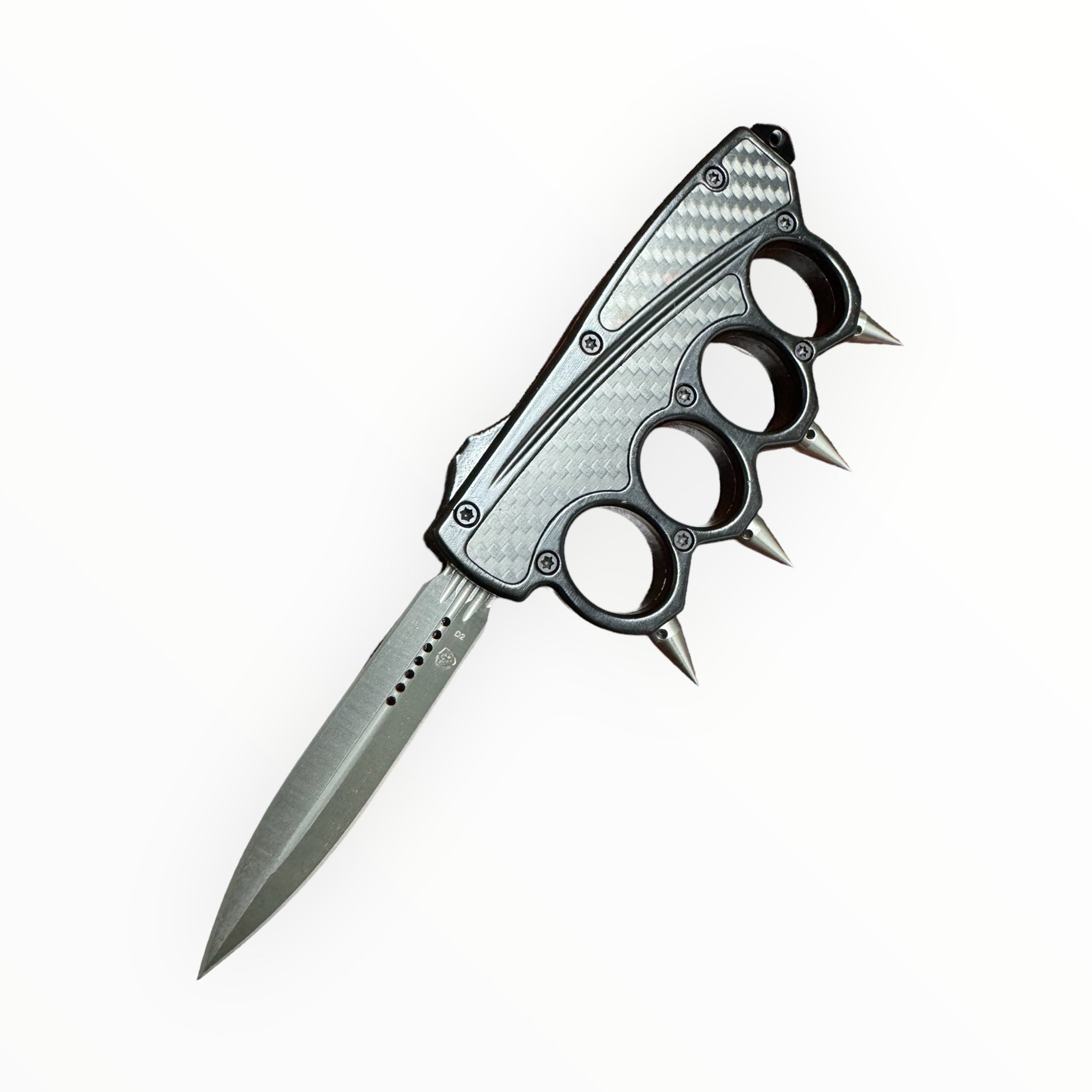 B/Knuckles
B/Knuckles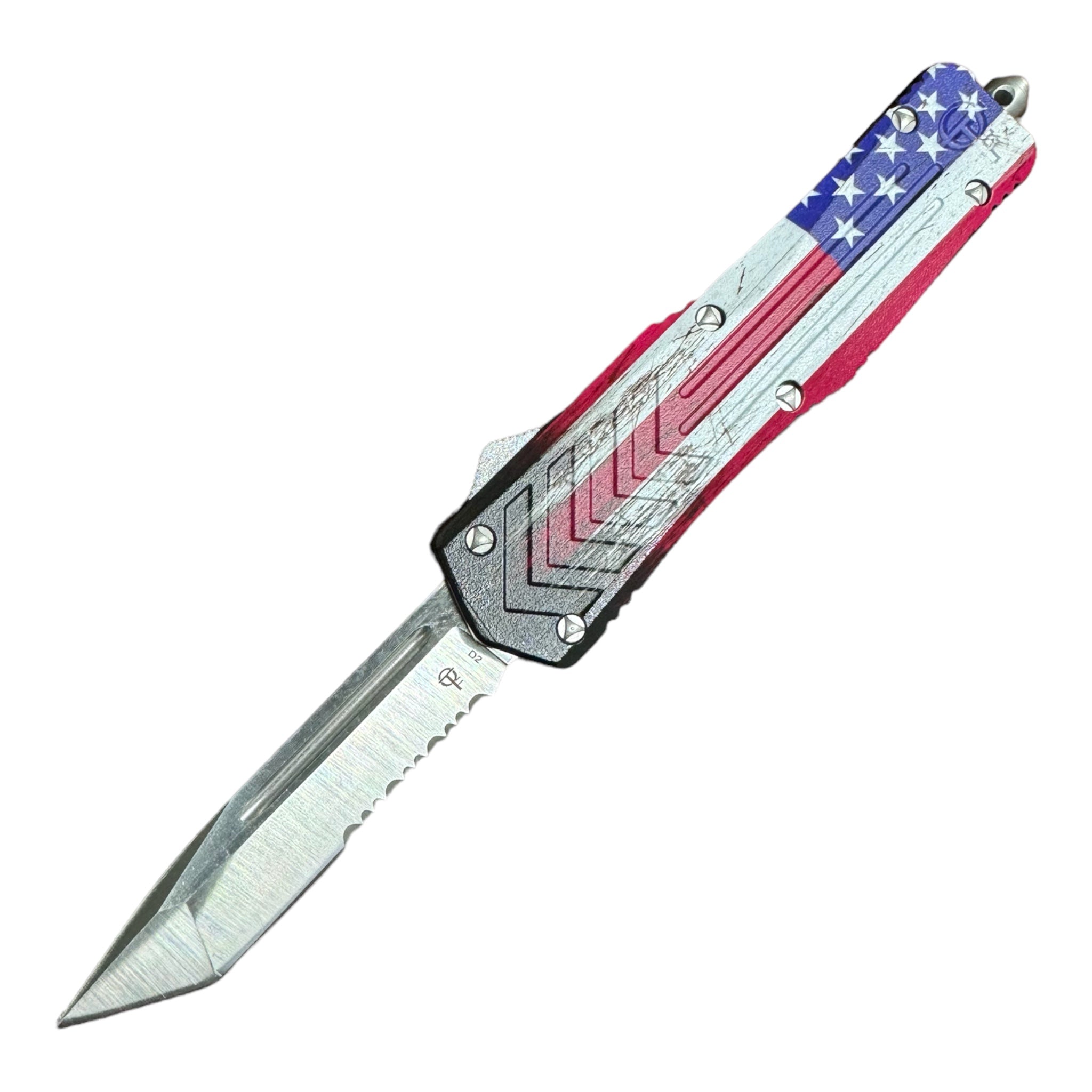 Custom Ranger
Custom Ranger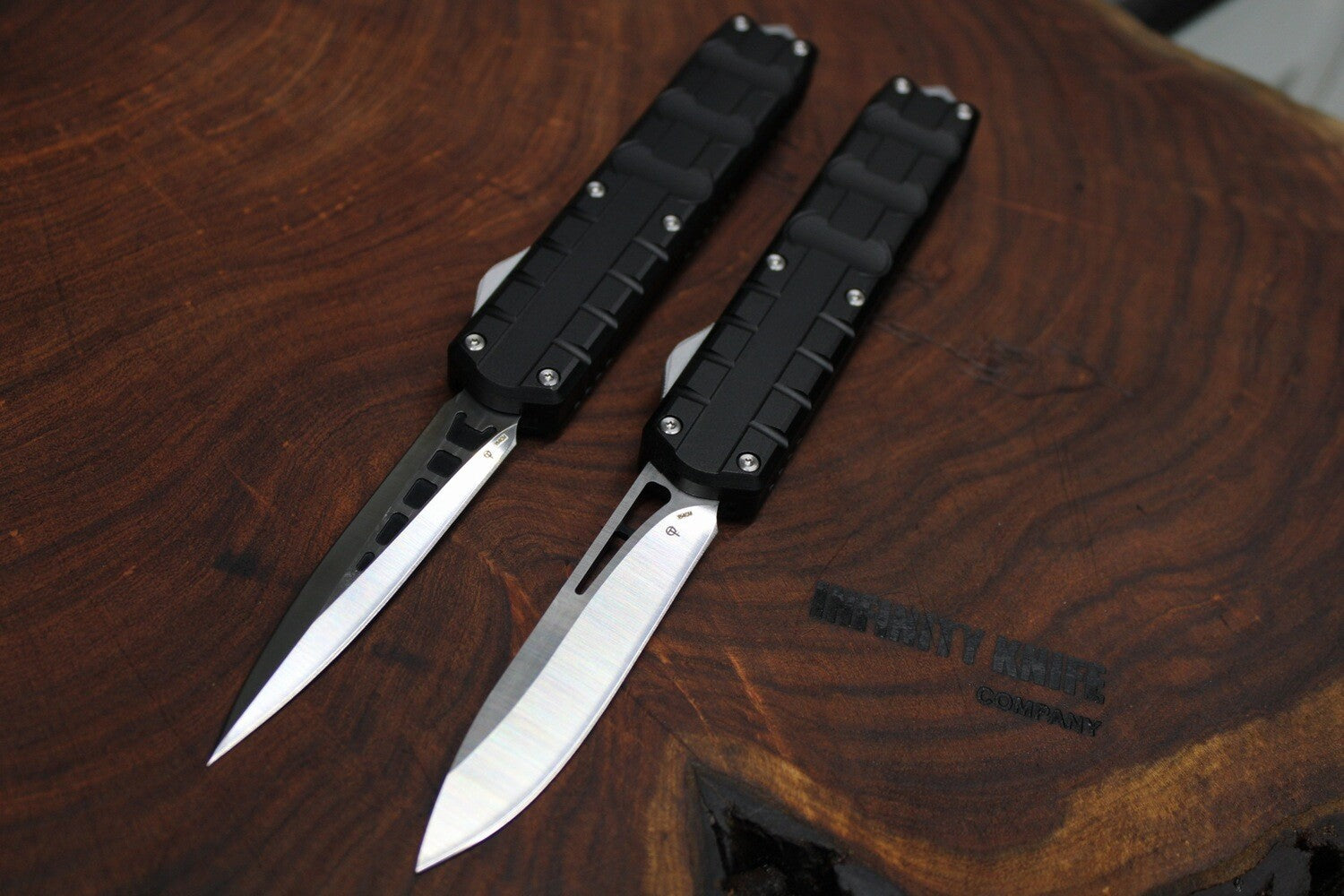 DESERT STORM
DESERT STORM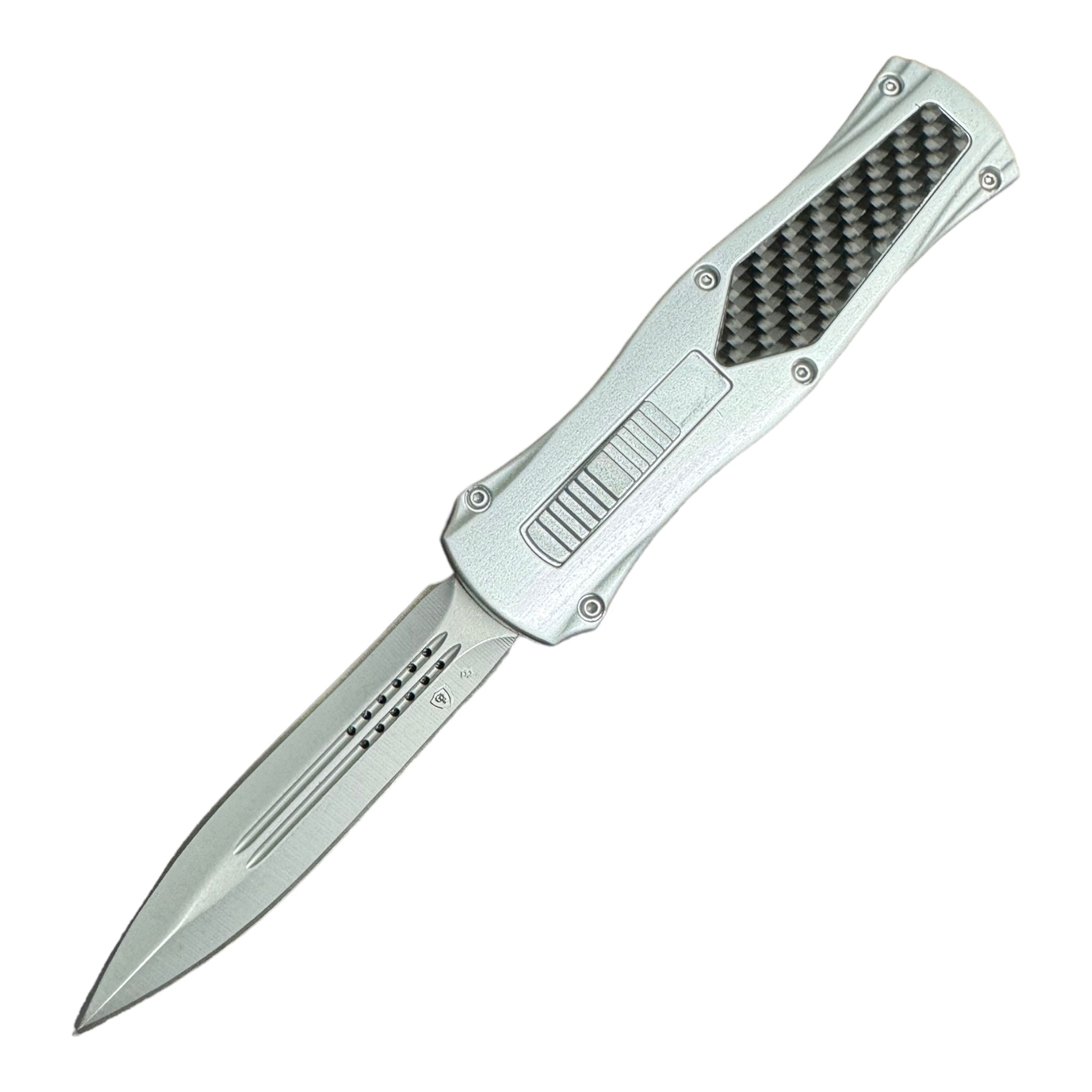 EXCALIBUR
EXCALIBUR First Responders
First Responders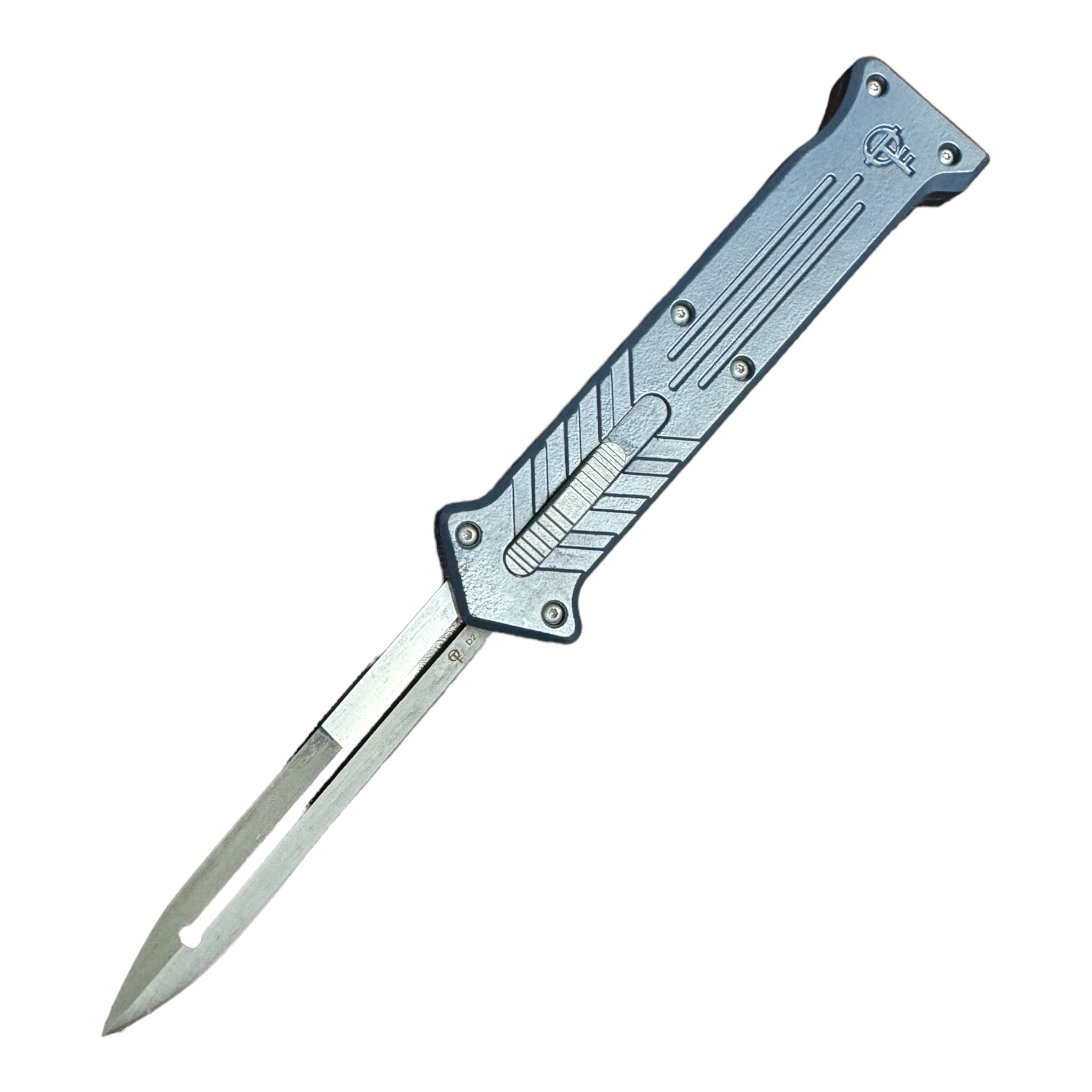 THE JOKER
THE JOKER CLASSIC
CLASSIC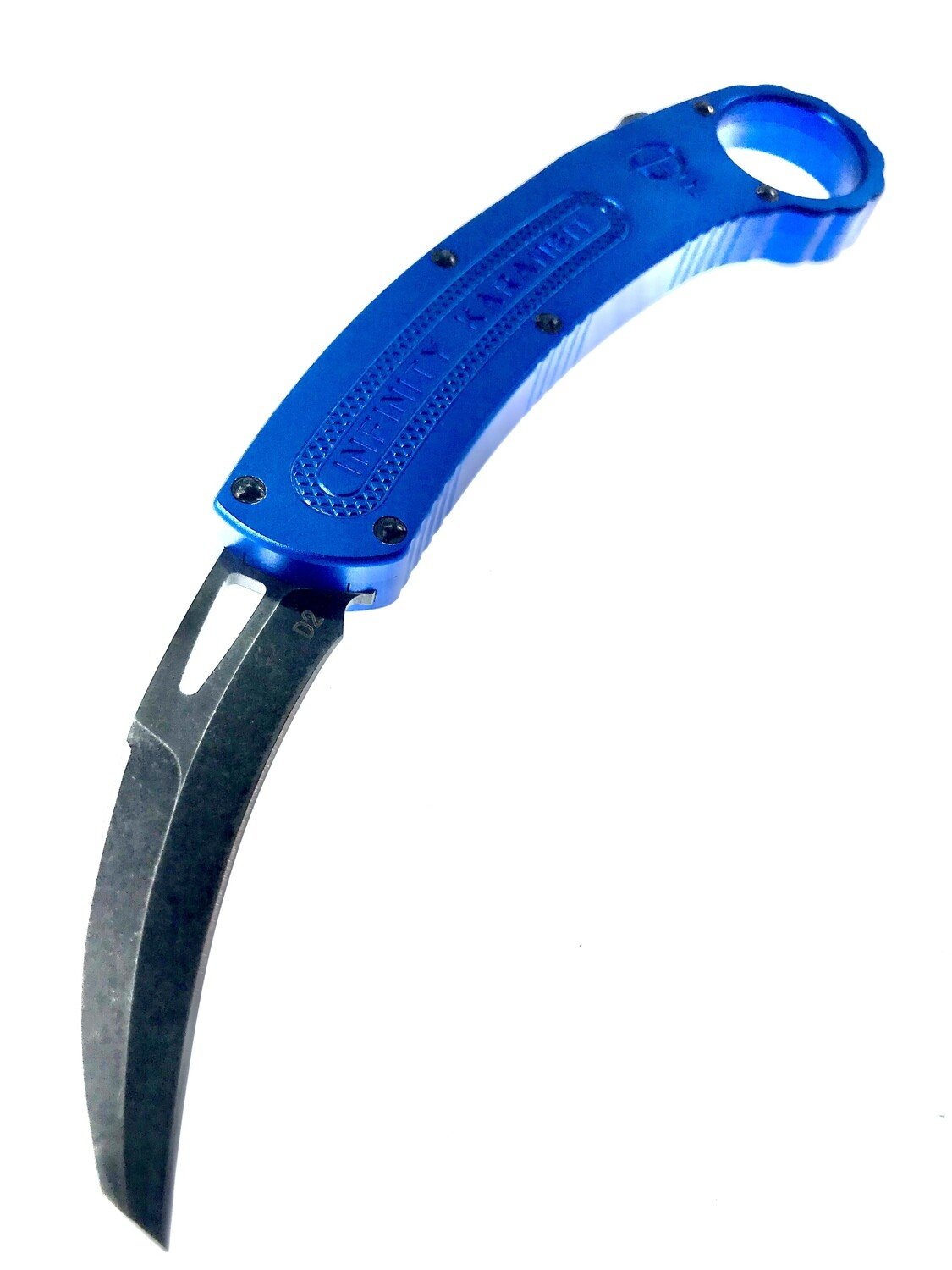 KARAMBIT
KARAMBIT HEXIGON
HEXIGON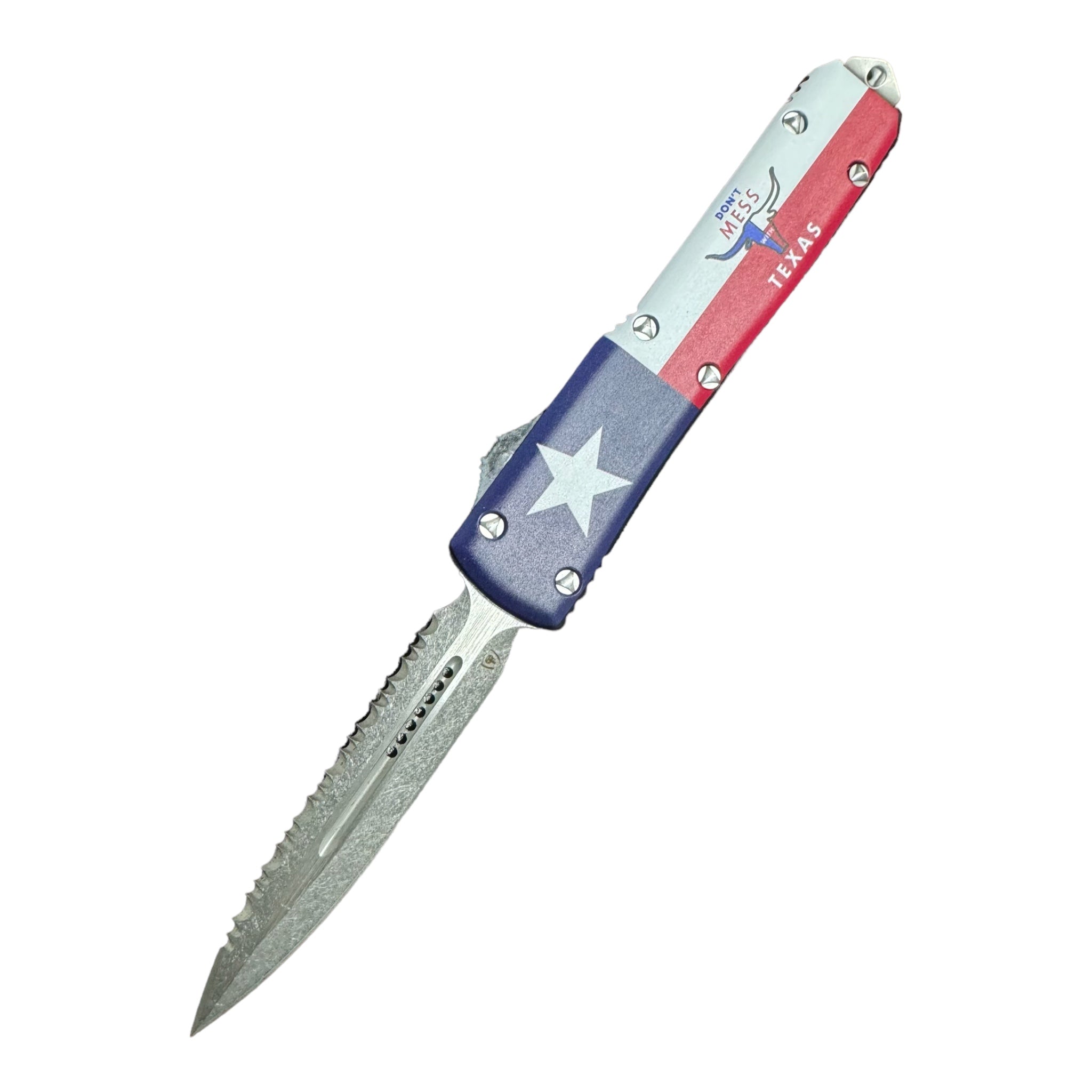 TEXAS COLLECTION
TEXAS COLLECTION STRYKER V2
STRYKER V2 STRYKER V1
STRYKER V1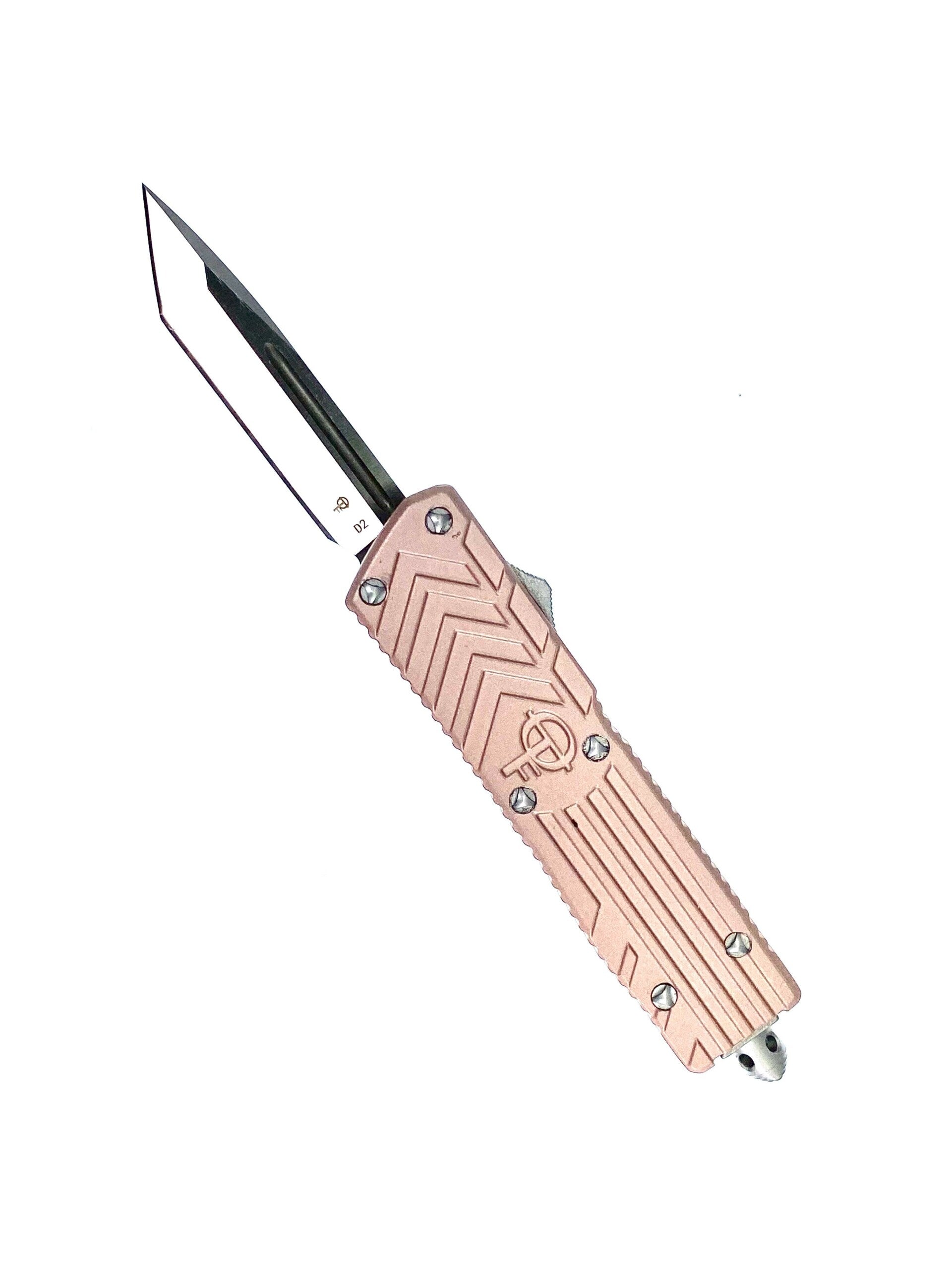 STRIKE FORCE GEN4
STRIKE FORCE GEN4 STRIKE FORCE GEN3
STRIKE FORCE GEN3 STINGERS
STINGERS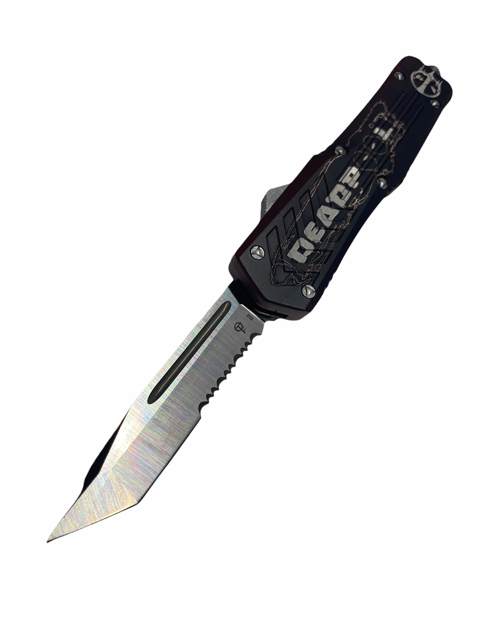 SPECIAL EDITIONS
SPECIAL EDITIONS SLIDEFIRE
SLIDEFIRE RANGERS
RANGERS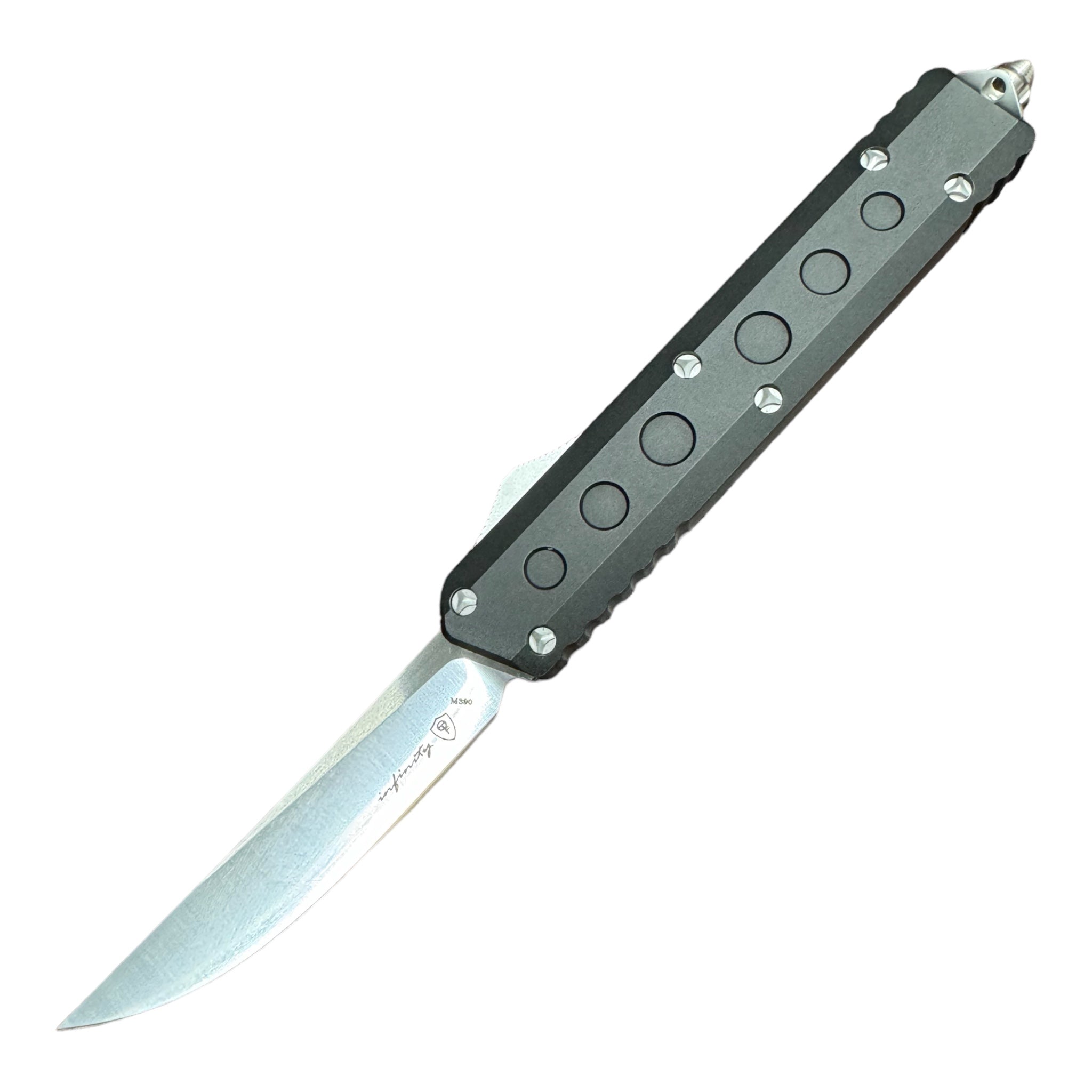 REAPER
REAPER MINI MICRO
MINI MICRO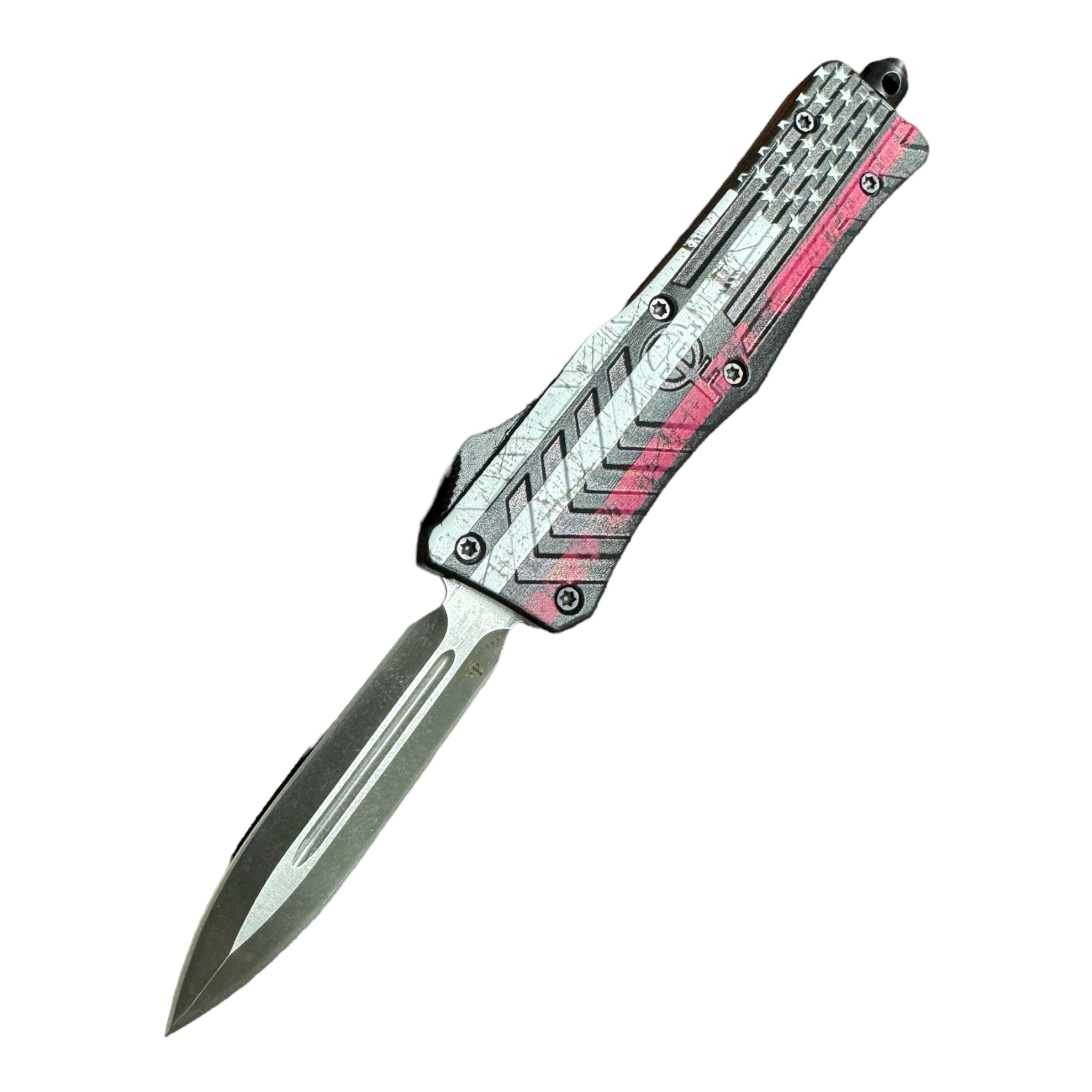 Redline | Blueline
Redline | Blueline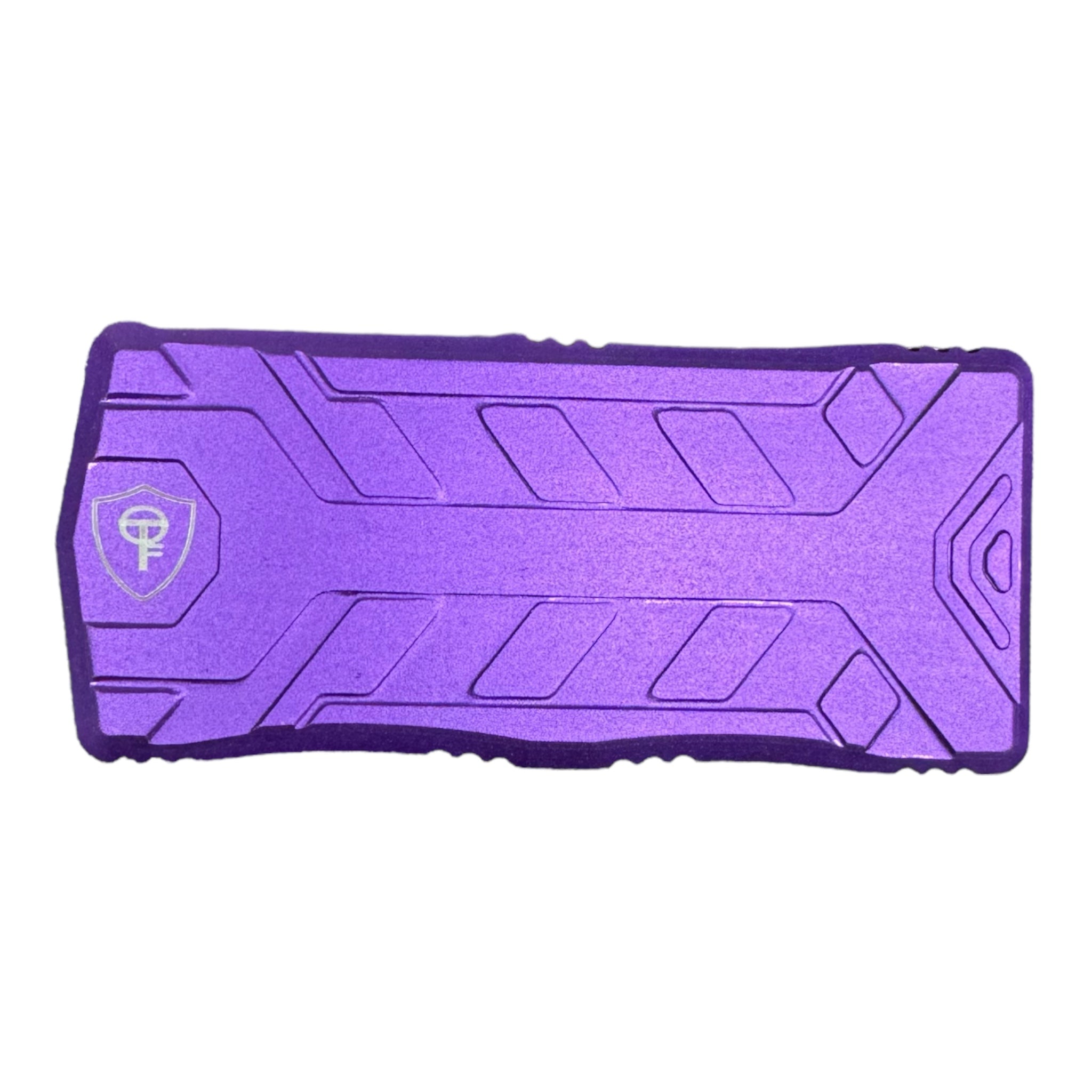 RAZOR
RAZOR PREDATOR
PREDATOR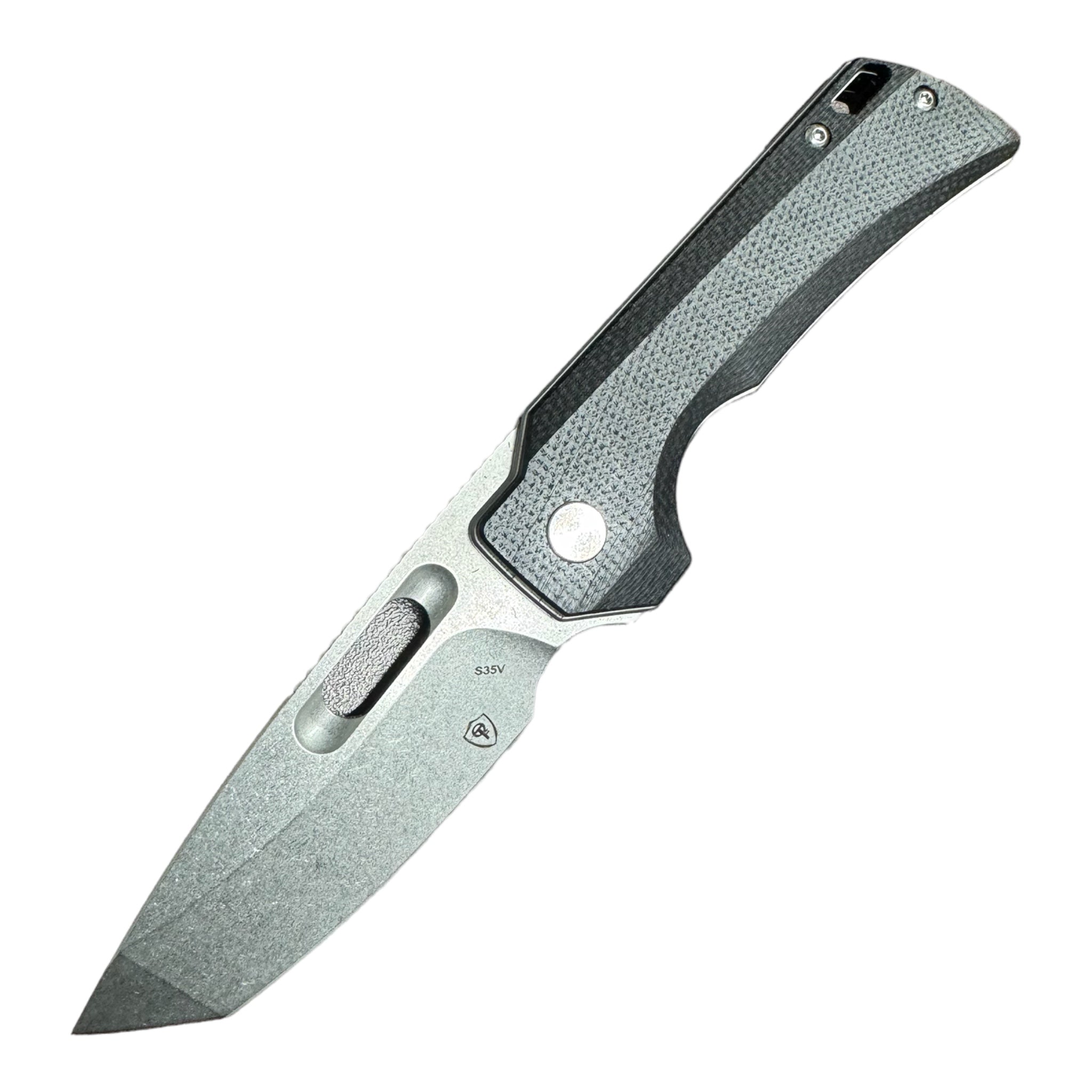 PREDATOR2
PREDATOR2 NOMADS
NOMADS NOMADICS
NOMADICS Mastodon
Mastodon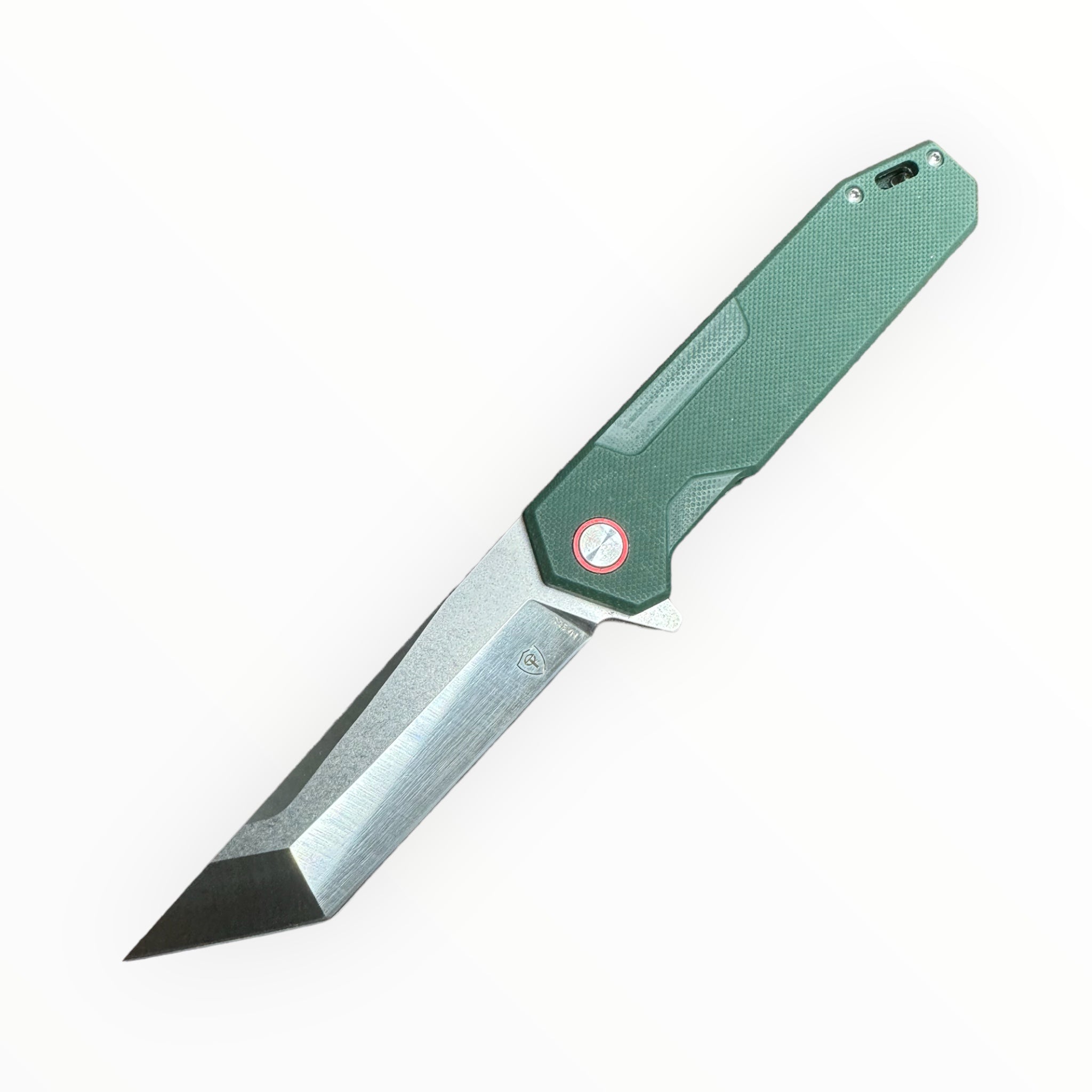 Terminator
Terminator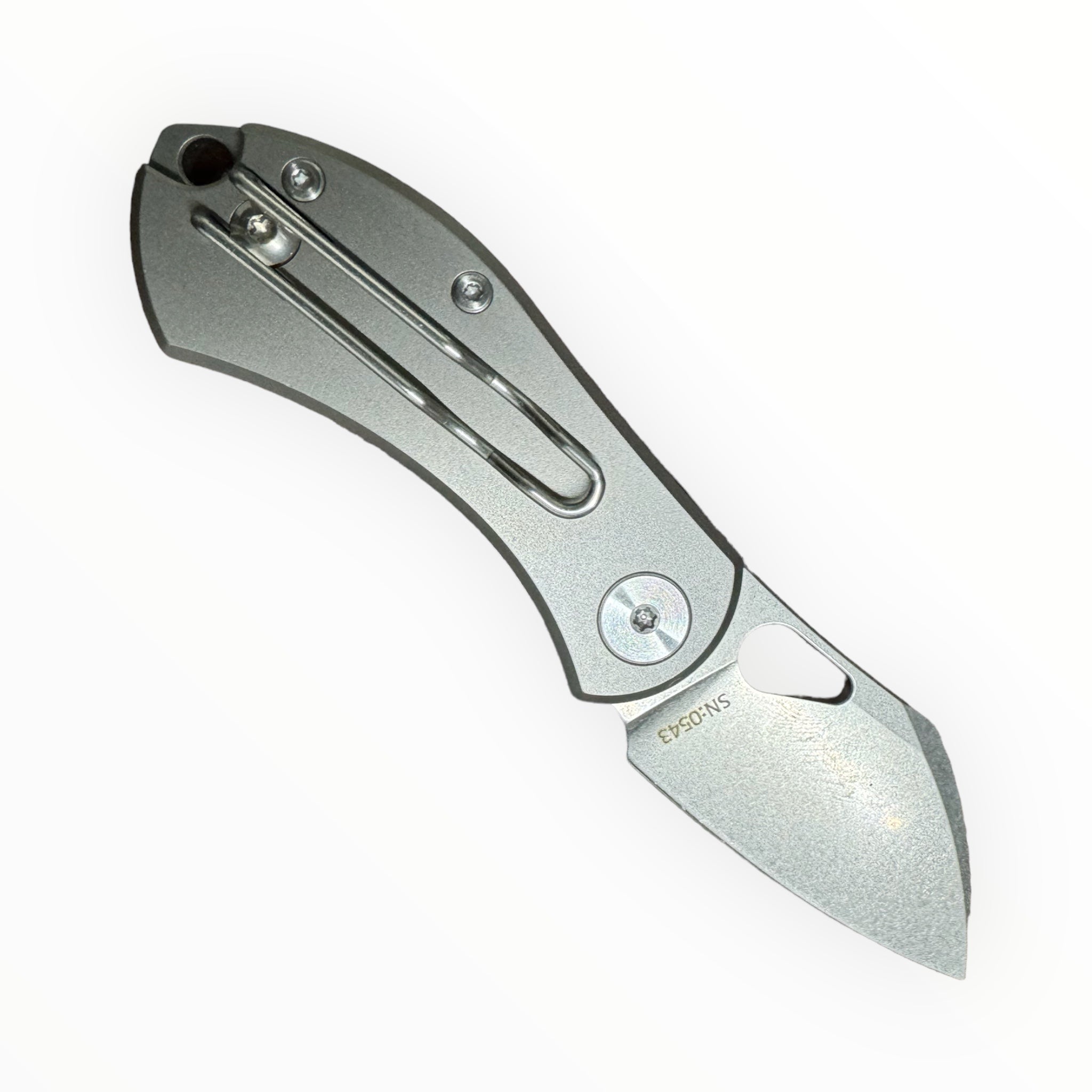 The MOUSE
The MOUSE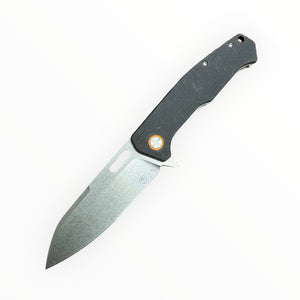 ORCA
ORCA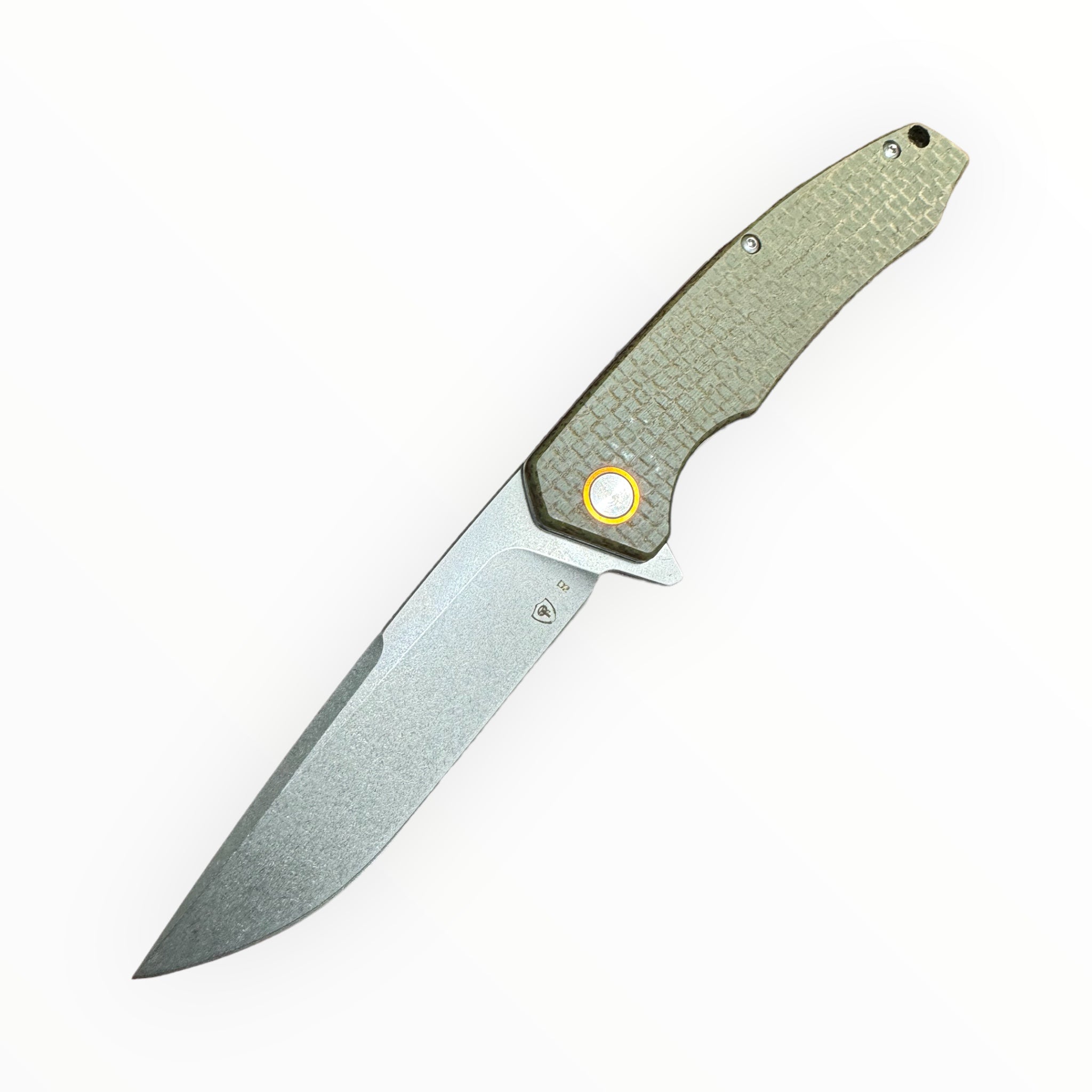 Eother
Eother Desert Shield
Desert Shield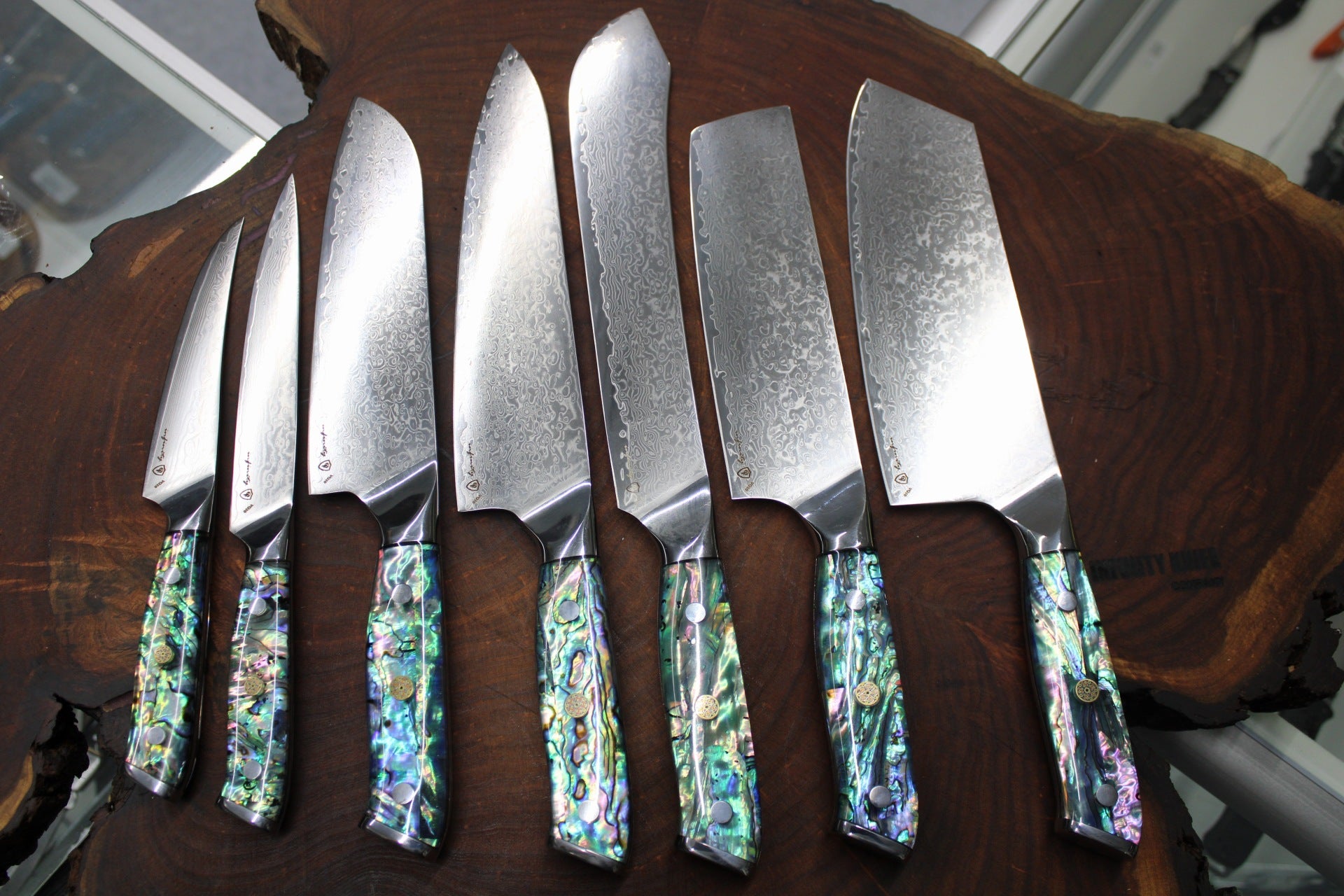 KITCHEN SETS
KITCHEN SETS CLEAVERS
CLEAVERS MINI CLEAVER
MINI CLEAVER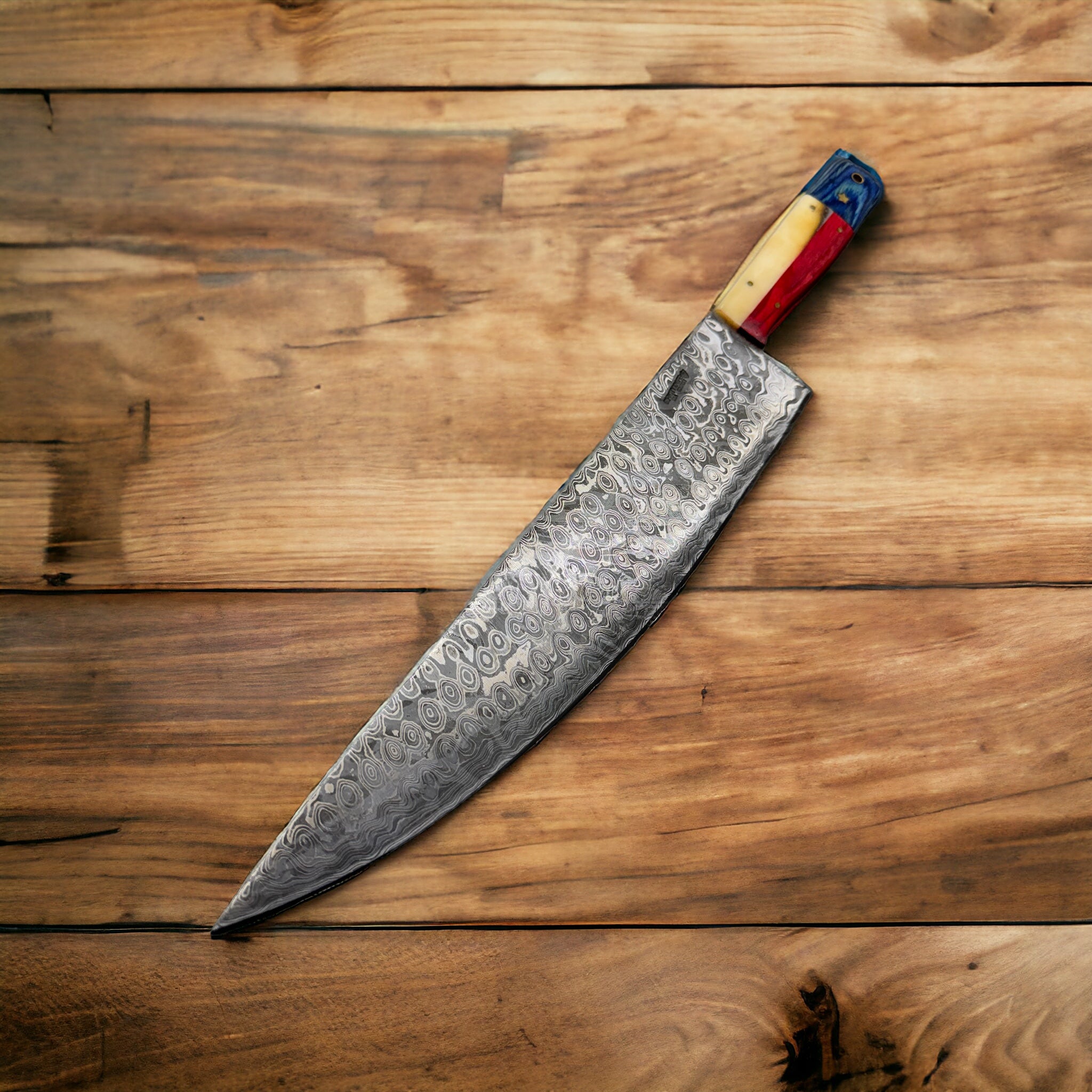 CHEF KNIFE
CHEF KNIFE FILLET KNIFE
FILLET KNIFE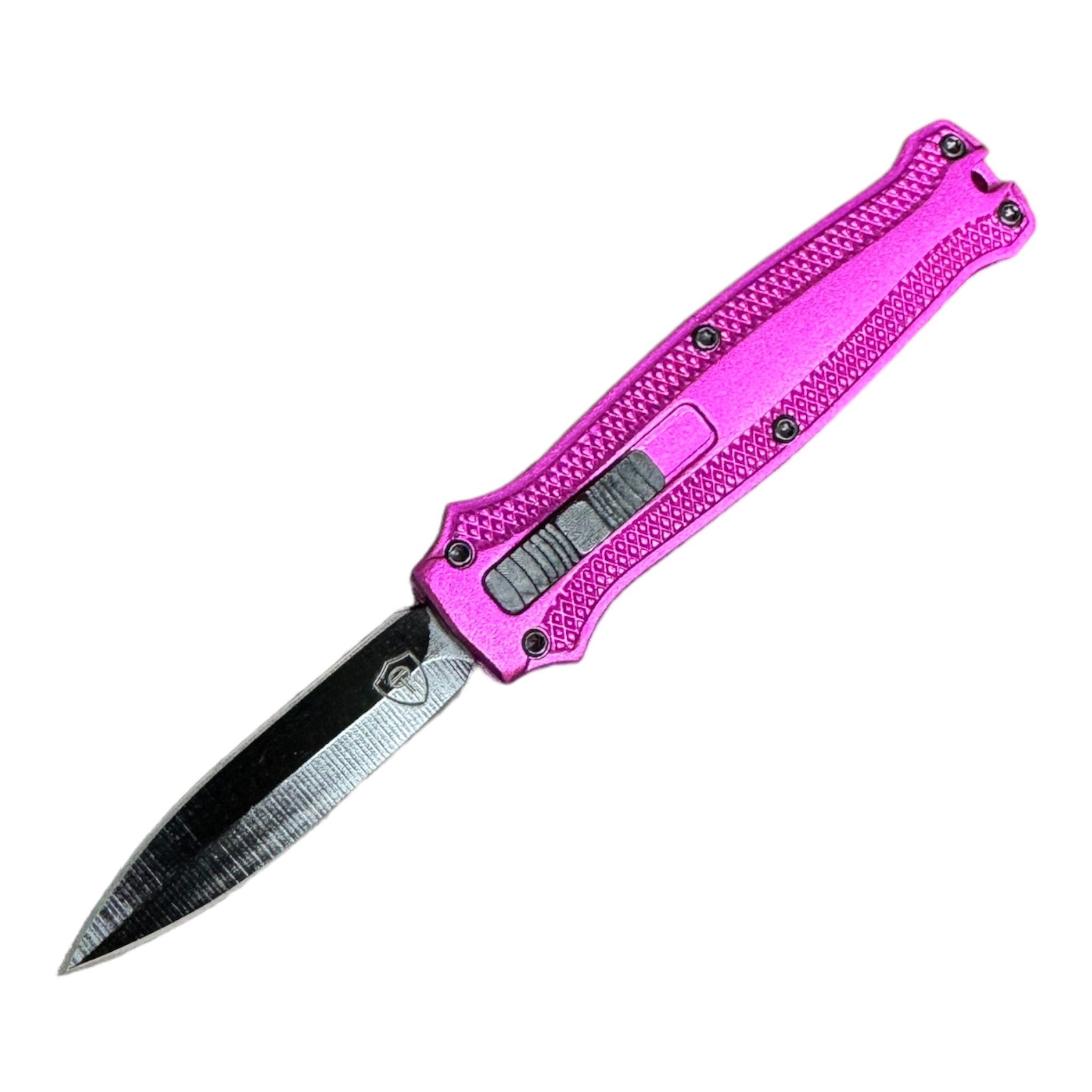 KNIVES UNDER $100
KNIVES UNDER $100 TEXAS CULINARY SET
TEXAS CULINARY SET TEXAS DAMASCUS
TEXAS DAMASCUS TEXAS D2
TEXAS D2 D2 FIXED BLADES
D2 FIXED BLADES DAMASCUS KNIVES
DAMASCUS KNIVES DAMASCUS ULU
DAMASCUS ULU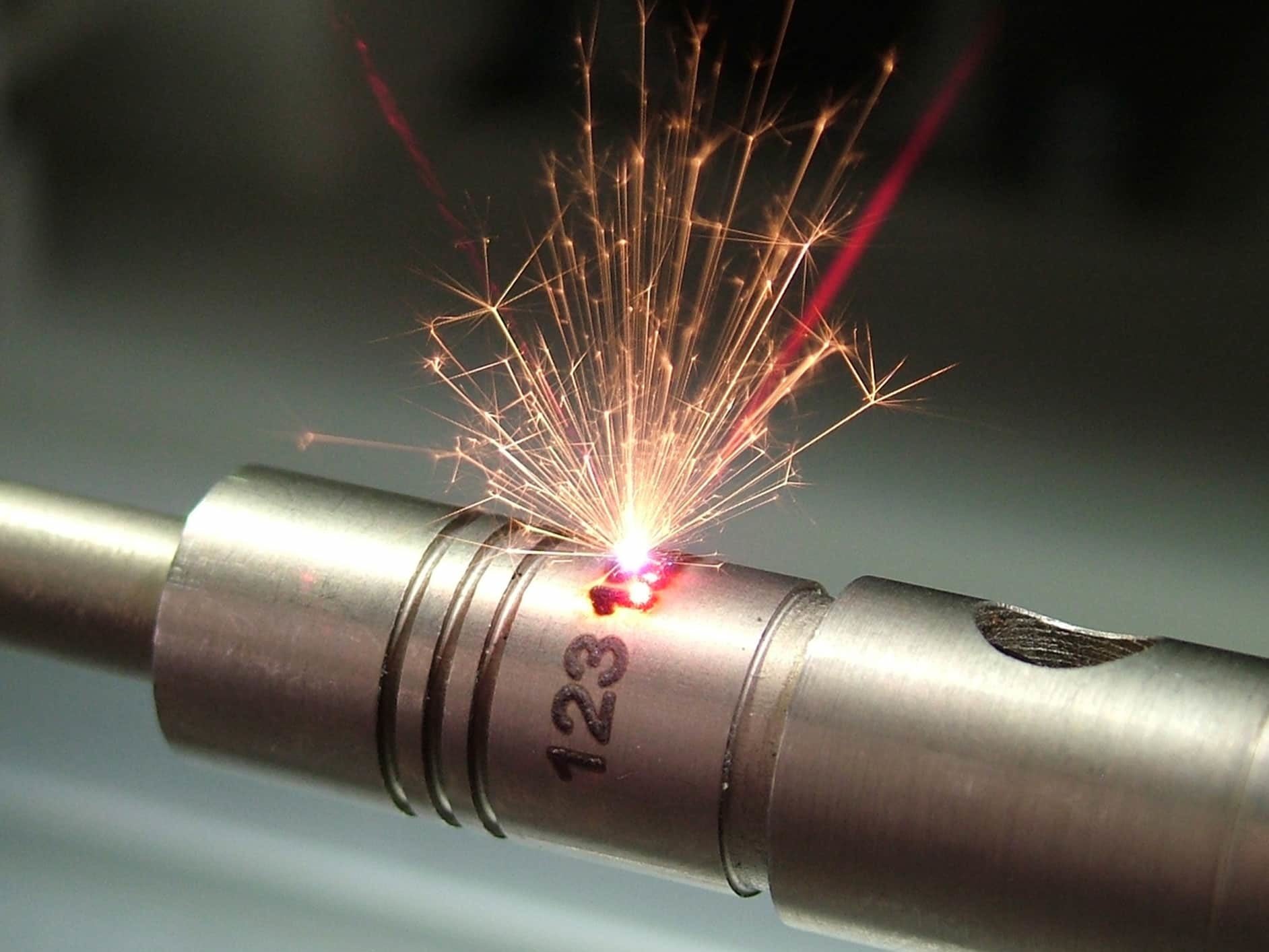 LASER ENGRAVING
LASER ENGRAVING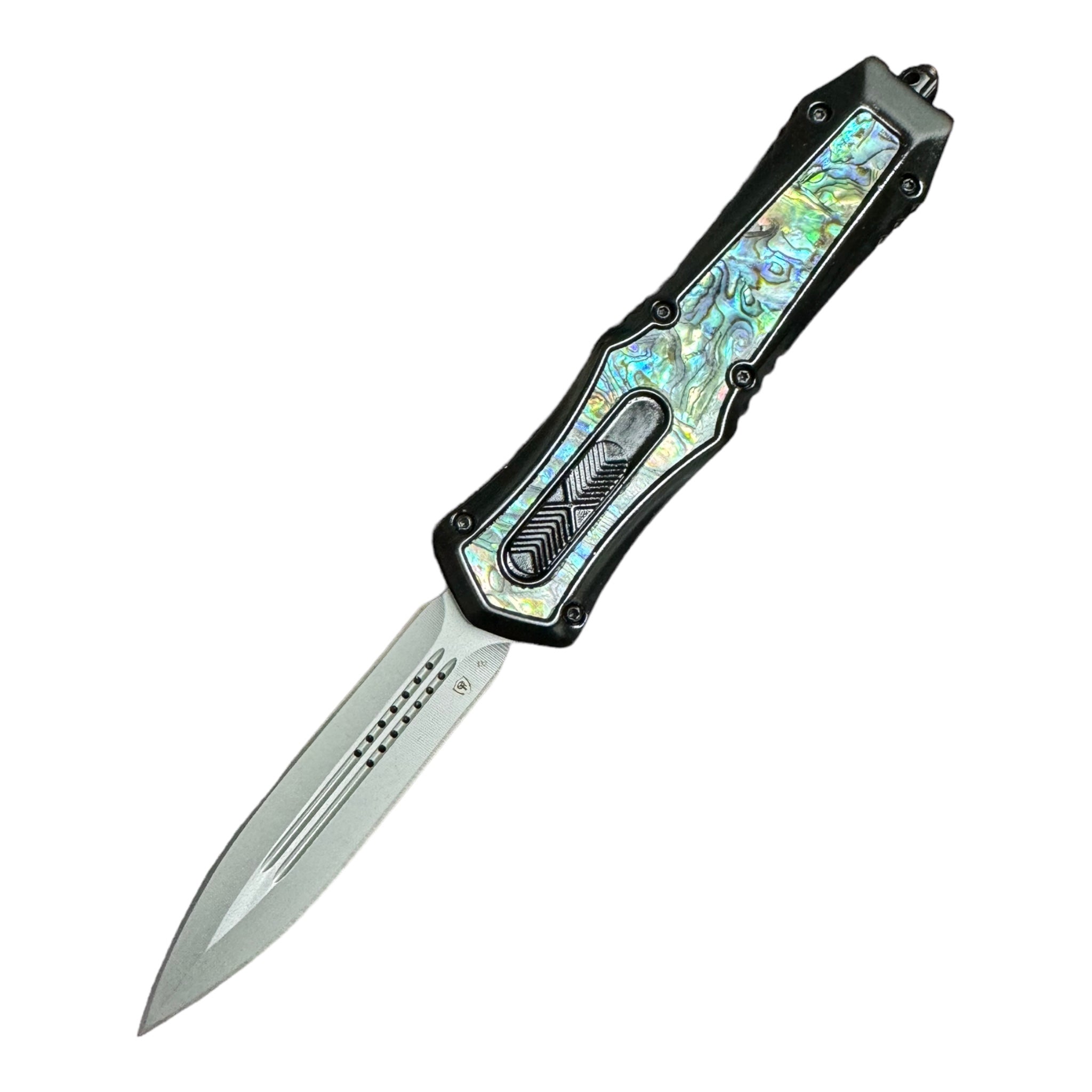 ALL TYPES KNIVES
ALL TYPES KNIVES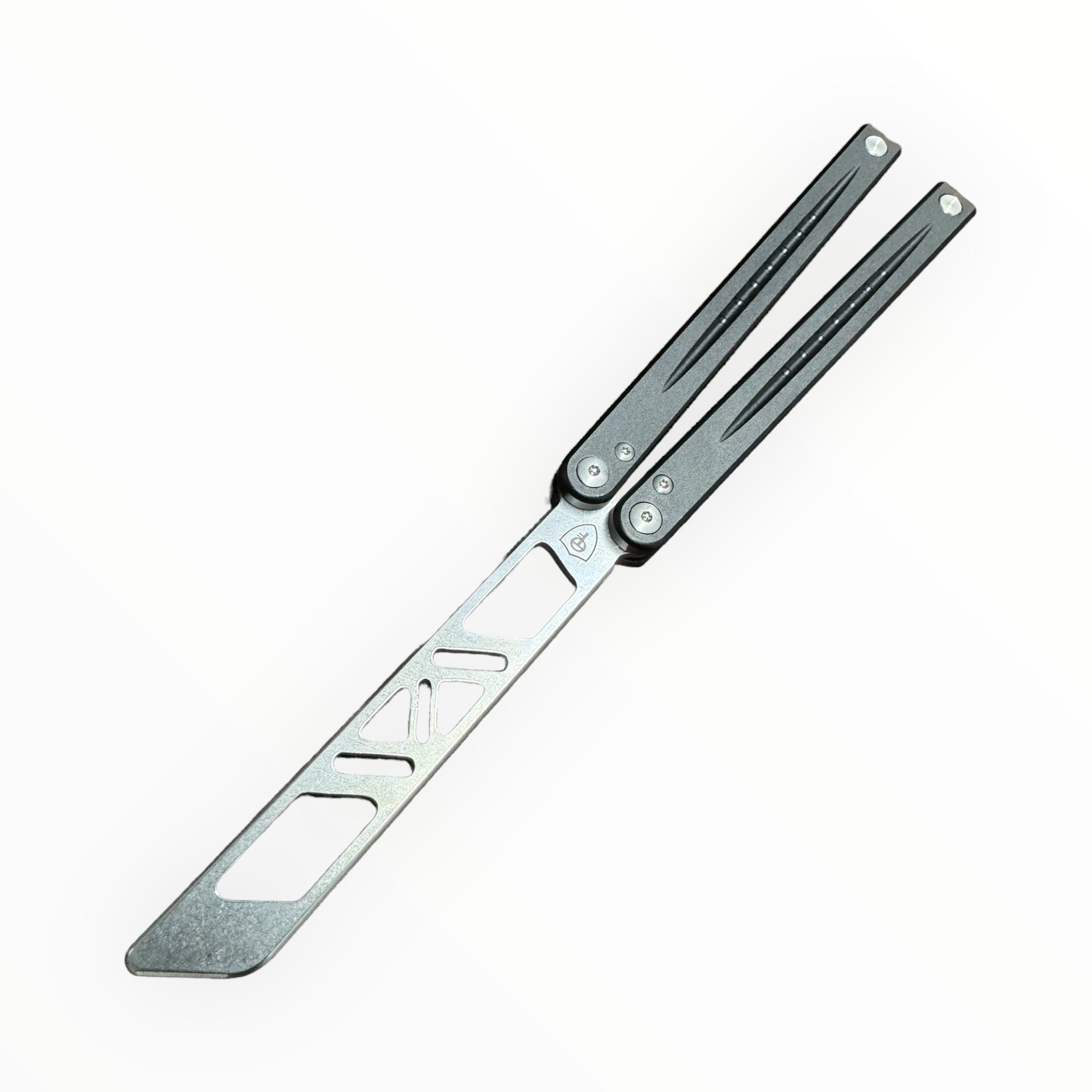 MONARCH BALISONG
MONARCH BALISONG BRISKET KNIFE D2
BRISKET KNIFE D2 DAMASCUS BRISKET KNIFE
DAMASCUS BRISKET KNIFE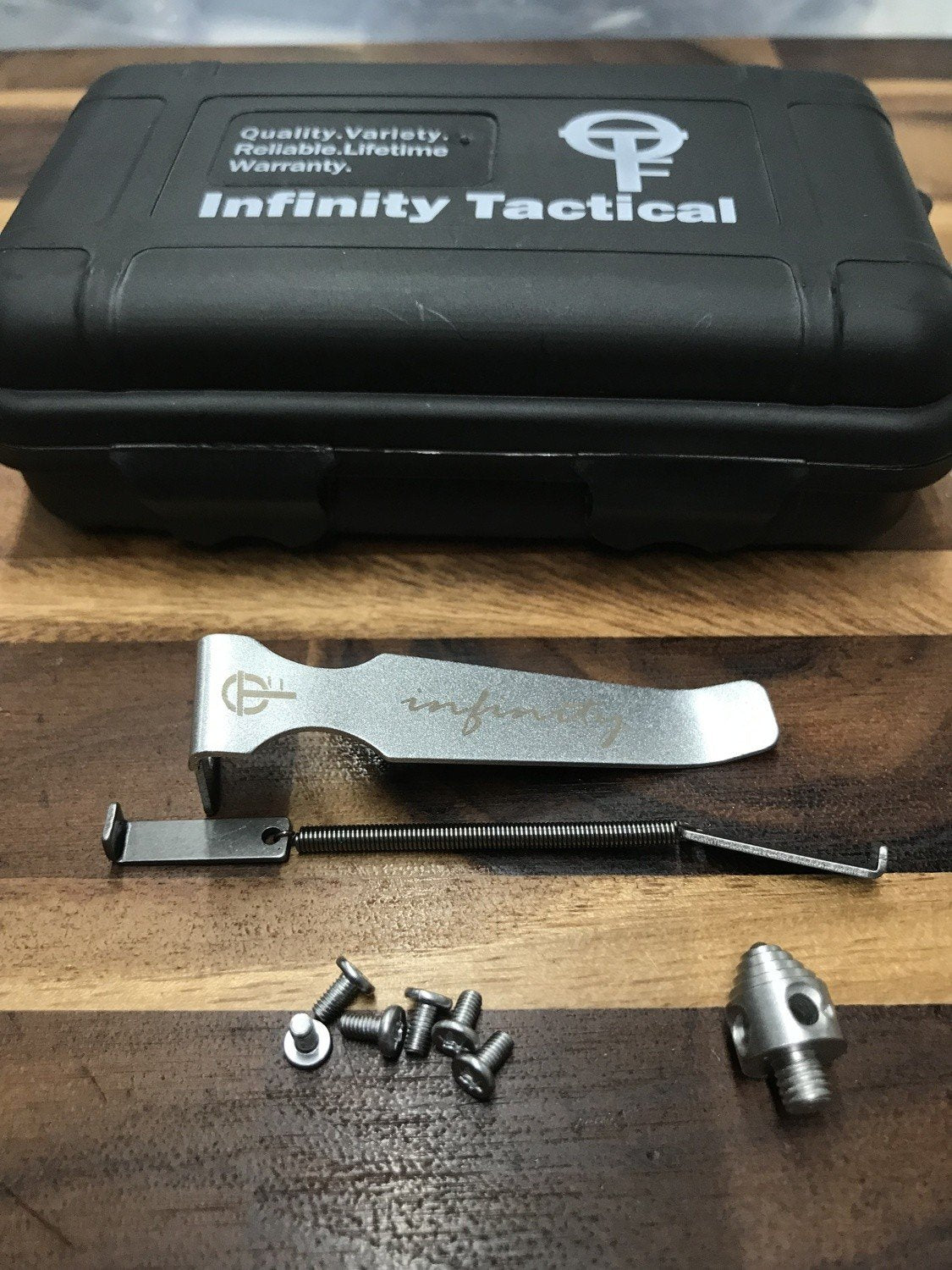 REPLACEMENT PARTS
REPLACEMENT PARTS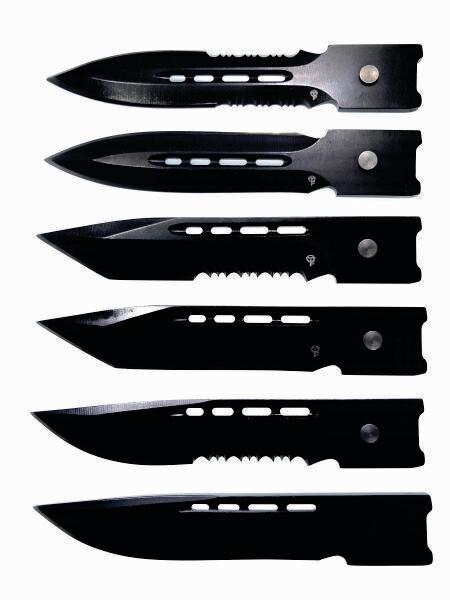 REPLACEMENT BLADES
REPLACEMENT BLADES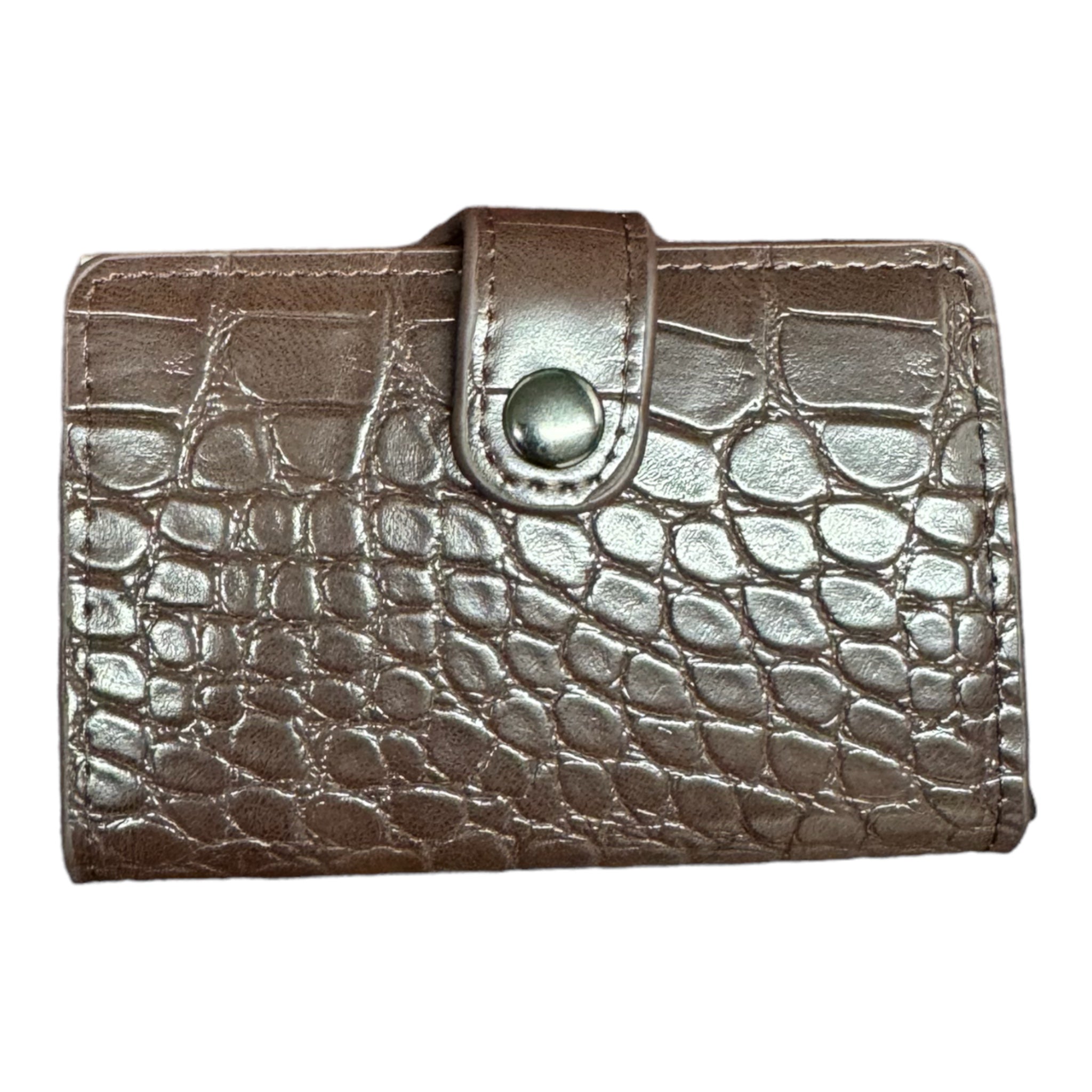 R.F.I.D. WALLET CARRIER
R.F.I.D. WALLET CARRIER RFID LEATHER WALLETS
RFID LEATHER WALLETS GATOR RFID WALLETS
GATOR RFID WALLETS